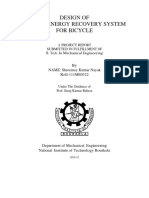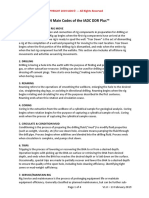0% found this document useful (0 votes)
14 views48 pagesProgramming in C - QB M1
The document outlines key features of the C programming language, including simplicity, portability, and efficiency. It explains the differences between constants and variables, the use of keywords, and the importance of comments. Additionally, it covers fundamental data types, variable initialization, and provides examples of C programs for user input and calculations.
Uploaded by
Bhagya P SCopyright
© © All Rights Reserved
We take content rights seriously. If you suspect this is your content, claim it here.
Available Formats
Download as PDF, TXT or read online on Scribd
0% found this document useful (0 votes)
14 views48 pagesProgramming in C - QB M1
The document outlines key features of the C programming language, including simplicity, portability, and efficiency. It explains the differences between constants and variables, the use of keywords, and the importance of comments. Additionally, it covers fundamental data types, variable initialization, and provides examples of C programs for user input and calculations.
Uploaded by
Bhagya P SCopyright
© © All Rights Reserved
We take content rights seriously. If you suspect this is your content, claim it here.
Available Formats
Download as PDF, TXT or read online on Scribd
/ 48























































































